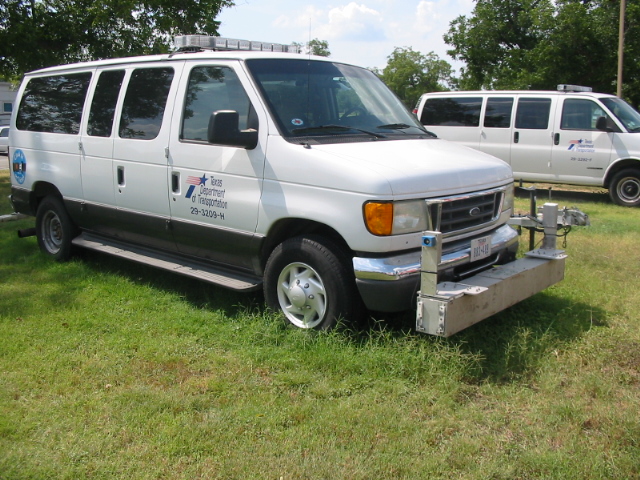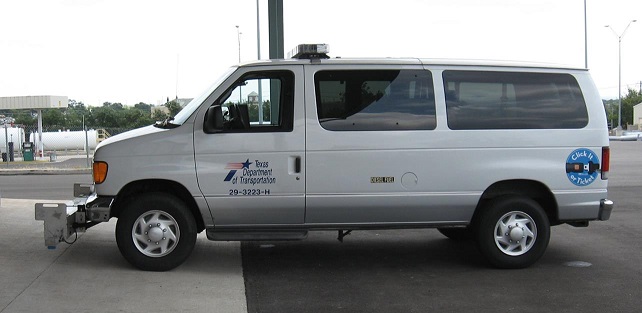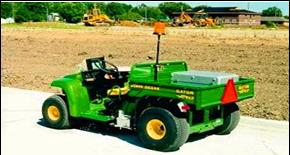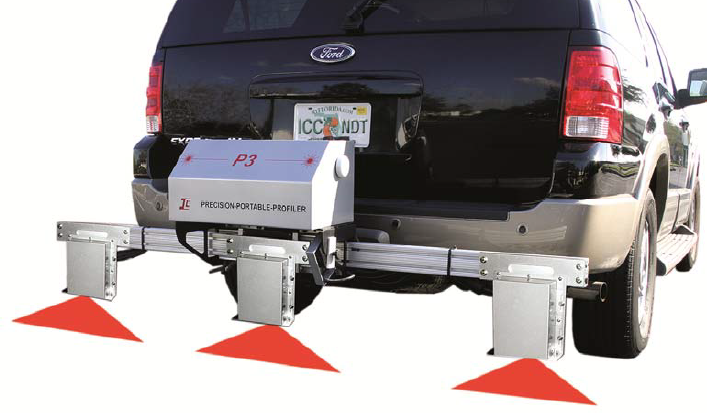Section 2: Ride Quality Measurement
Anchor: #i10042492.1 Introduction
The International Roughness Index (IRI) is the statistic used to measure how smooth or rough a pavement surface is. The lower the calculated IRI, the smoother the pavement will ride. The higher the IRI, the rougher the pavement will ride. The units of IRI are usually in/mi, m/km, or mm/m. For more detailed information on IRI, refer to The Little Book of Profiling (Sept 1998), by Michael W. Sayers and Steven M. Karamihas. A relative appreciation for qualitative smoothness descriptions versus numerical values of IRI is given in Table 11-1.
|
Roughness Category |
IRI Value |
|---|---|
|
Good |
≤ 95 |
|
Acceptable |
≤ 170 |
|
Unacceptable |
> 170 |
Anchor: #XYWQVRLI
2.2 Equipment for Measuring Ride Quality
Item 585 specifies two methods for measuring surface profile: Surface Test Type A and Surface Test Type B. Surface Test Type A typically uses a 10-ft. straightedge, but may use high-speed or lightweight inertial profilers where allowed. Surface Test Type A is intended for use on short projects (< 2,500 ft.) and specific pavement segments, such as ramps, leave-outs, etc. Surface Test Type B requires the use of a high-speed or lightweight inertial profiler and is the default method for measuring surface profiles. Inertial profilers must be certified annually for use on department projects in accordance with Tex-1001-S. Profiler operator certification is required every 3 years; operator testing guidelines that include both a written and practical examination are outlined in Tex-1001-S.
The inertial profiler is a device that uses laser sensors and accelerometers to measure the profile of the pavement surface. There are generally three types of inertial profilers:
- Anchor: #FNEJQTCC
- one that can travel at highway speeds, a high-speed inertial profiler, Anchor: #BRJWCBDQ
- a lightweight inertial profiler that can travel at a minimum speed of 12 mph, and Anchor: #GODDLDMF
- a portable profiler.
Figure 11-1 and Figure 11-2 are pictures of a high-speed inertial profiler; Figure 11-3 is an example of a lightweight profiler. Figure 11-4 shows a picture of a portable profiler. Portable profilers are typically mounted on a trailer towing hitch and can be moved between housing vehicles or shipped independently of the housing vehicle for use on jobs in another geographical location. However, the system (housing vehicle and portable profiler) must be certified as a unit in Texas.
Figure 11-1. High-speed Inertial Profiler.
Figure 11-2. High-speed Inertial Profiler with Rut Bar Setup.
Figure 11-3. Lightweight Profiler. © Copyright 2006 University of Washington
Figure 11-4. Portable Profiler. (Courtesy International Cybernetics Corp.)



